In the visual arts, 'line' is the most basic form of communication. However, lines may also enhance the mood, invoke feelings, or stir an emotional response from the viewer.
 |
| Line |
Line is defined as:
- noun. a long, narrow mark on a surface. In the 2D visual arts or drawing, when we make a one-dimensional mark on a surface, we are "mark-making."
- noun. in geometry, a line is defined as anything formed by the connection of two points.
Types
Lines may create boundaries or contours defining a shape or form. Line lengths may be long, short, continuous, or broken, whereas the line width can be thick, thin, uneven, or tapered. Lines may also be created from the edges of shapes.
Straight lines may be horizontal, vertical, or diagonal.
|
HORIZONTAL - Straight from left to right or right to left
|
|
VERTICAL - Straight up and down
|
|
DIAGONAL - Slanted or Angled
|
Organic lines may be radial, spiral, or curved.
|
CURVED OR PARABOLA - not straight, organic, or natural
|
|
SEMI-CIRCLE OR ARC - Curved with a consistent radius
|
Lines may be implied, and their quality can be soft or bold. They may be sharp, firm, soft, or lost in or out of focus. Lines may also create the illusion of motion or lead the viewer's eye through an image.
|
BROKEN - A line that is not continuous or missing pieces. IMPLIED - A series of points or marks that the eye automatically follows or the brain connects together; a line of dots or dashes
|
|
PSYCHIC- Invisible line from one element to another, our eyes follow it, which creates a "line" in our mind's eye
|
Lines can also convey emotions. For example, sharp or jagged lines portray a different feeling than elegant or smooth lines.
Depending on our tools, we can create lines that make an object feel sharp, jagged, man-made, graceful, smooth, or organic. For example, perfectly straight lines feel artificial or man-made, whereas squiggles feel more organic.
|
SQUIGGLE - a short line that curls & loops in an irregular way JAGGED - not straight, angles or pointed elements
|
|
CONTINUOUS - Solid line that may lead the eye in specific directions LINE WIDTH - the thickness of the line CREATION - How the line is made
|
Characteristics
Here's a list of some of the jobs that lines can do.

Contour & Form
A contour is defined as an outline, especially one representing the boundary of a shape.
In the drawing, we use lines to describe the edges of a particular object. We also use lines to communicate where there is a higher contrast in tone or value.
A form is the visible configuration of a shape within a spatial context. Shapes are flat. Forms communicate where objects are in space with regard to the viewer.
A cylinder, for example, appears as a rectangle when viewed at eye level. However, when the viewer changes their position and looks down upon it, the boundaries change from straight lines into curves.
We can also use a cross-contour line within the object to further communicate this idea. It defines the cylinder's top plane.

Direction
Is a course along which someone or something moves.
Lines may lead a viewer's eye throughout the composition or two-dimensional space.
Division
Is the action of separating something into parts or the process of being separated. A dividing line may limit an area or force a divide in space.
A border, grid, or rectangle may be used to organize objects on a page in a drawing or help the draftsperson plan out a composition.

Decoration or Rhythm
Lines may also create a sense of rhythm, a strong, regular, repeated pattern of movement that visually affects the viewer.
Lines may also be ornamental, such as decorations or motifs. For decorative purposes only, these lines are sinuous, graceful, cursive lines inspired by flowers & plants, typical of the Art Nouveau style.

Hatching or Tone
Lines close together produce a tonal gradation, shade of gray, or a single tone, depending on how close the lines are together. These can be loose and gestural or structured and controlled.


Pattern
Lines that repeat predictably create patterns.
They are pleasing to the eye or may have a chosen effect on the viewer.
Patterns can be radial or linear, depending on the type of lines.

Texture
Lines that do not repeat predictably create the appearance of a texture or a textured surface.

Schema
Or sometimes referred to as a 'schematic,' it is a representation of a plan or theory in the form of an outline or model.
A schema may serve as a structured framework or armature to build a drawing or other lines.
When drawing symmetrical objects, a schema or construction line guides the draftsperson and will help them to determine or correct the proportions of a symmetrical object.
Construction lines, such as using an imaginary box around an object, may help the draftsperson determine how an object turns in space.

Symbols or Text
Lines may also create symbols or text within a language, which articulate thoughts, memories, or ideas without speech.
Most are familiar with Egyptian hieroglyphics, or the writings of ancient Egypt, where they used pictures to communicate words and syllables.
The more you study what lines can do, the more confident you will become in using them.
Back to Top ↑









